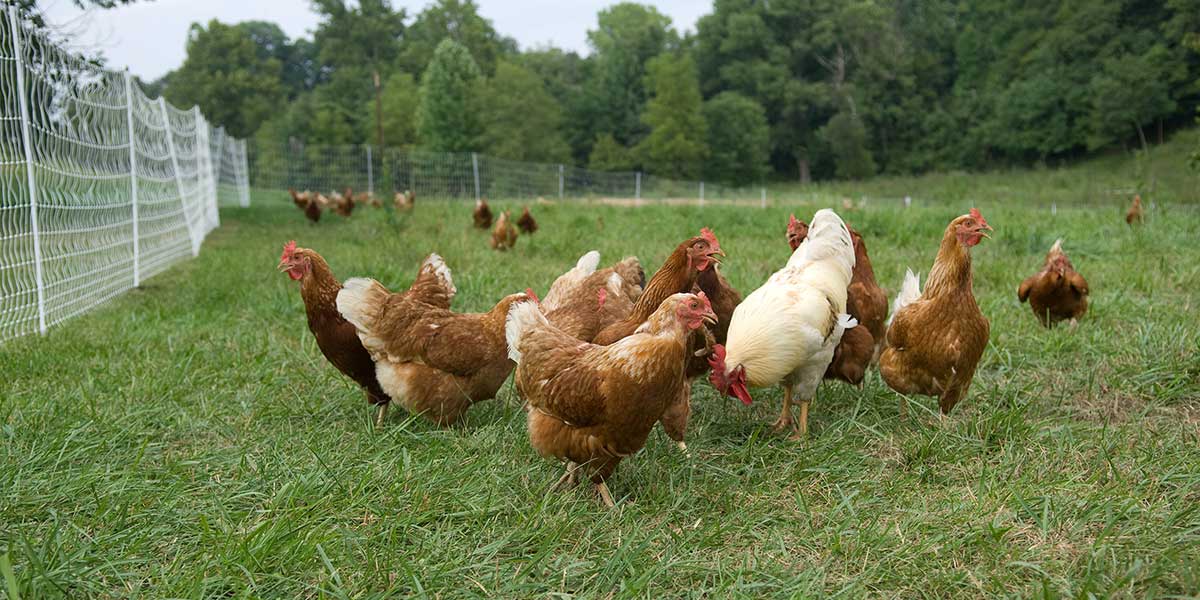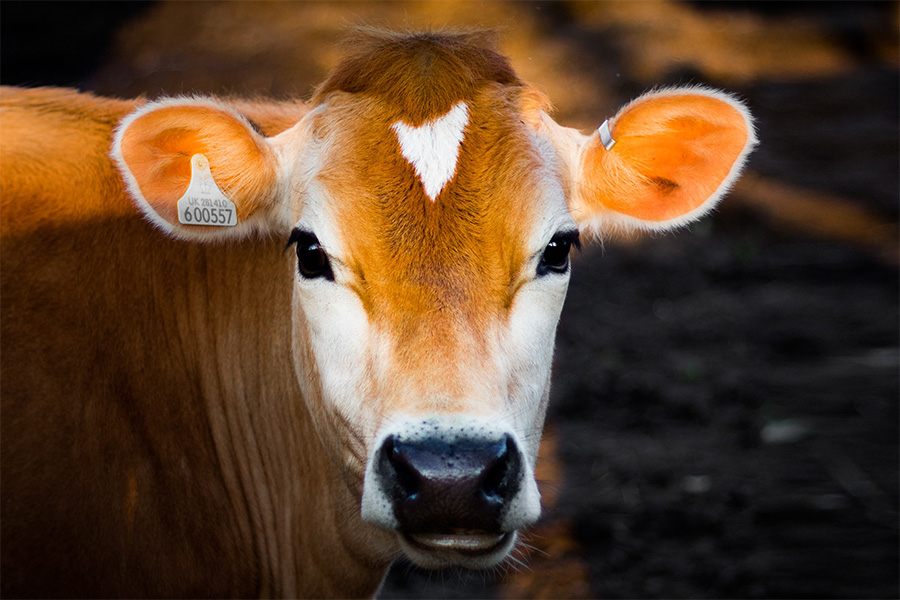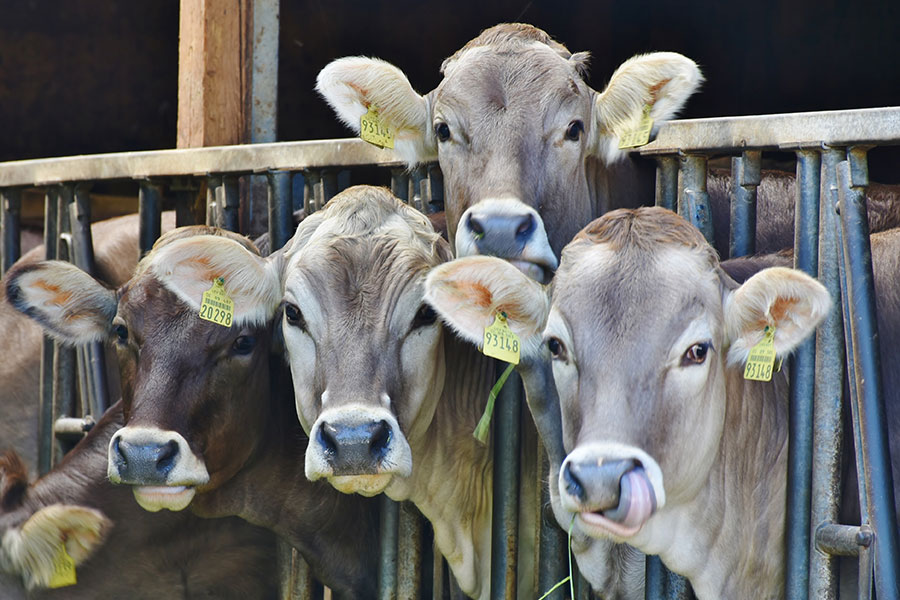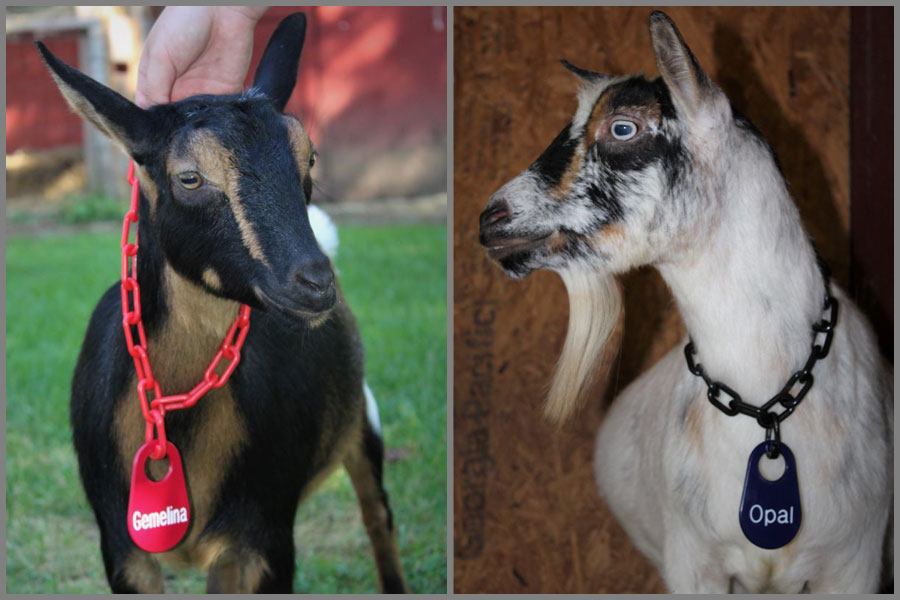Livestock identification plays a crucial role in managing a successful and organized cattle operation. Whether you’re a smallholder or a farmer running a large commercial farm, effective livestock identification using cow tags and/or other methods will help keep track of individual animals, foster maintenance of a healthy herd, facilitate proper record keeping, and ensure traceability if any of the cows decide to wander off.
The Basics of Cattle Livestock Identification Methods
There are several methods of cattle identification, ranging from traditional branding to more modern electronic identification systems. However, one of the most common and universally recognized methods is the use of ear tags.
Continue reading “Understanding Cattle Livestock Identification: A Closer Look at Cow Tags”











